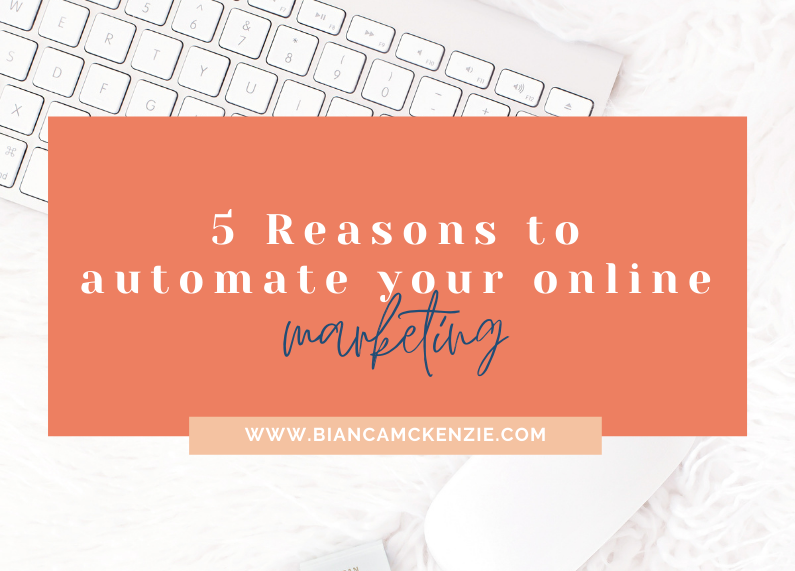I write a lot about online marketing and social media and I love watching what everyone is doing. It’s so inspiring what some are putting out there, and then it’s sad to see others struggle.
Social media is a wonderful tool for business, but it can also be quite overwhelming and confusing. I see some people enthusiastically jump on the online bandwagon only to be slung around on it, not really knowing what they’re doing and becoming disheartened with the process and the results.
That’s why I’m taking you through the 5 steps to kick-start your social media. These five steps are not the full story, but they are the most important steps in the process. For the full story, head on over to download your Mega Marketing Bundle for your social media kick-starter kit.
Know your audience
Knowing who you’re talking to is the most important step in any marketing activity. You need to know your ideal client better than they know themselves.
The reason for this is that you need to speak their language, you need to know their challenges, you need to understand them so well that you can speak directly to them as if what you are offering was specifically created for them.
You need to know them so well that they think to themselves ‘my gosh, it’s like they’re in my head and they know exactly what I’m struggling with’.
Whilst there are many tutorials out there to find your ideal client, some lack depth as they only go into demographics and geographic but I believe that your customer is human and has personal needs, dreams and desires. To dig deeper and really understand your ideal client, make sure you use the ideal client kick-starter kit (also inside the mega marketing bundle).
Set your goals
Part two of the equation is to set your goals. You need to be very clear about why you are on social media because without focus you will post whatever comes to you and then you will wonder why you’re not getting any results.
The reason you’re not getting results is because you don’t actually know what you’re measuring because you didn’t set your goals. You can use social media for many reasons and most of us will mix these reasons, but when creating content for social media you need to have a clear goal in mind.
For example, are you on social media to make sales, to offer customer service, to become a thought leader, to grow your email list? There are many reasons and I recommend setting a primary goal and a secondary goal for social media.
Choose your platforms
Once you have set your goals, and determined who your audience is, you can select your platforms. You need to pick the platforms where your ideal client spends the most time and what is most going to align with your goals.
If you’re not sure where your ideal client spends their time, go out and ask them. Find a few people who are your ideal client and ask them where they spend their time online.
Create your content
With all the puzzle pieces in place, it’s time to start posting. Before we dive in, take a look at your goals and determine what type of content will most contribute to your goals?
For example, if it’s to make sales, you need to create a post that showcases your product or service and add a call to action so that your audience knows what you want them to do.
May I suggest that you keep your sales and promotion content to no more than 20-25% of your activities. This means that 75-80% needs to be focused on building relationships rather than selling.
Test & Measure
After you’ve been posting for a while, you can look at your statistics and insights and evaluate how you are tracking.
Make sure you look back at your goals and map these against the activities you have posted that relate to achieving your goals. If you didn’t achieve your goals, go into detective mode and find out why. You can do this by speculating and trying something new and test it or you can speak to your ideal client and ask what did not resonate.
Social media is a moving target, it requires constant up-skilling and testing and measuring. It can make a big difference to your business, so keep playing, but remember it’s not the only marketing tool in the toolkit.




0 Comments